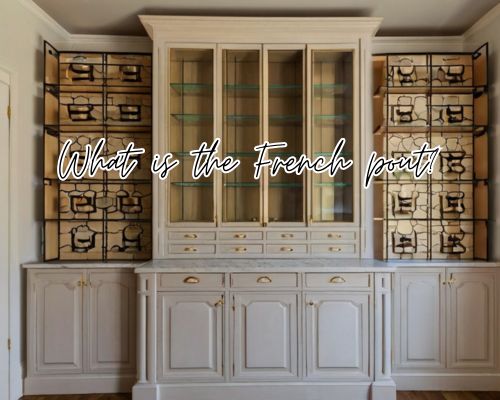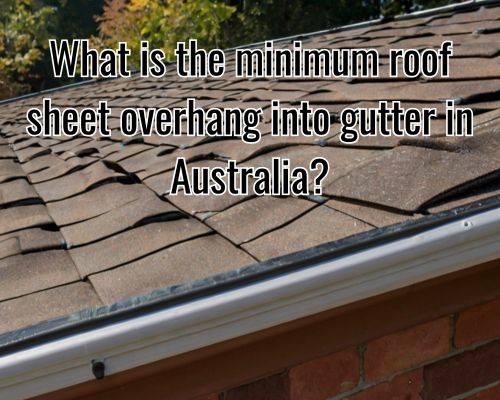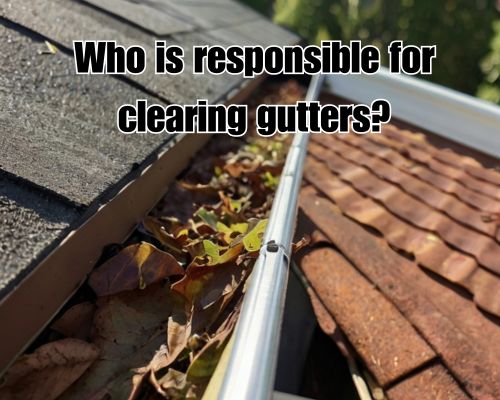Navigating Love in London: The Art of Collaborative Problem-Solving Navigating Love in London: The Art of Collaborative Problem-Solving
London, with its bustling streets and vibrant energy, offers a unique backdrop for relationships to flourish and face their own set of challenges. From coordinating busy schedules to navigating differing expectations, every couple encounters hurdles. But what if these challenges could actually strengthen your bond? The answer lies in collaborative problem-solving, a powerful approach where partners work hand-in-hand to find solutions that truly satisfy both individuals. This isn’t just about resolving disagreements; it’s about nurturing understanding, fostering cooperation, and building a resilient foundation for the future of your relationship according to https://howinsights.com/.
Imagine you’re in a dating scenario, or perhaps you’re in a long-term partnership navigating the complexities of London life. The first, and arguably most crucial, step in this process is to identify the problem clearly and constructively. Instead of resorting to blame or accusatory language, express your feelings and observations. For instance, rather than saying, “You never plan our dates,” you might say, “I’ve been feeling a bit disconnected lately, and I’d love for us to spend more quality time together, perhaps planning our next outing to a West End show or a quiet pub in Notting Hill.” This subtle shift in phrasing opens the door for a productive conversation rather than shutting it down with defensiveness.
Once the issue is on the table, it’s time to brainstorm solutions together. This stage is all about open-mindedness and creativity. Both partners should feel completely free to throw out any ideas that come to mind, no matter how unconventional they might seem. The goal here isn’t to pick the perfect solution immediately, but to generate a diverse list of possibilities. Perhaps one person suggests trying a new restaurant in Soho every week, while the other proposes a dedicated “date night” at home to avoid the London crowds. Even seemingly outlandish suggestions can sometimes spark a truly effective and unexpected resolution later on according to https://www.elevatedmagazines.com/.
With a list of ideas in hand, the next step is to evaluate your options. Discuss the pros and cons of each proposed solution, considering how it might impact both of your lives and schedules. If you’re discussing how to split chores in a shared flat in Kensington, for example, weigh how each suggestion would affect individual work commitments and downtime. This critical discussion helps clarify which alternatives resonate most with both partners, moving you closer to a mutually agreeable outcome.
Following this evaluation, it’s time to agree on a plan. This is where you collectively decide on the solution that feels most feasible, fair, and satisfying for both of you. This stage is a powerful reinforcement of your partnership, highlighting that you are a team working towards a common goal. This shared agreement builds trust and reinforces the idea that your relationship is a space for mutual support and understanding.
Finally, the process doesn’t end once a solution is implemented. It’s vital to review its effectiveness over time. Life in London is dynamic, and what works today might need adjustments tomorrow. Periodically check in with each other to assess whether the solution is still meeting both of your needs. If not, be prepared to make adjustments.
Take, for example, Jane and Mike, a couple living in Camden. By openly discussing their frustrations about household chores rather than letting resentment fester, they found a system that worked for both of them. This collaborative approach not only resolved their immediate conflict but also deepened their respect for each other and enhanced their overall relationship satisfaction.
Engaging in these collaborative techniques not only helps build resilience within your relationship but also underscores the profound significance of regular communication infused with respect and empathy. Adopting such an approach transforms problems from obstacles into opportunities for growth, helping you navigate the exciting, sometimes challenging, landscape of dating and relationships in London, together.







